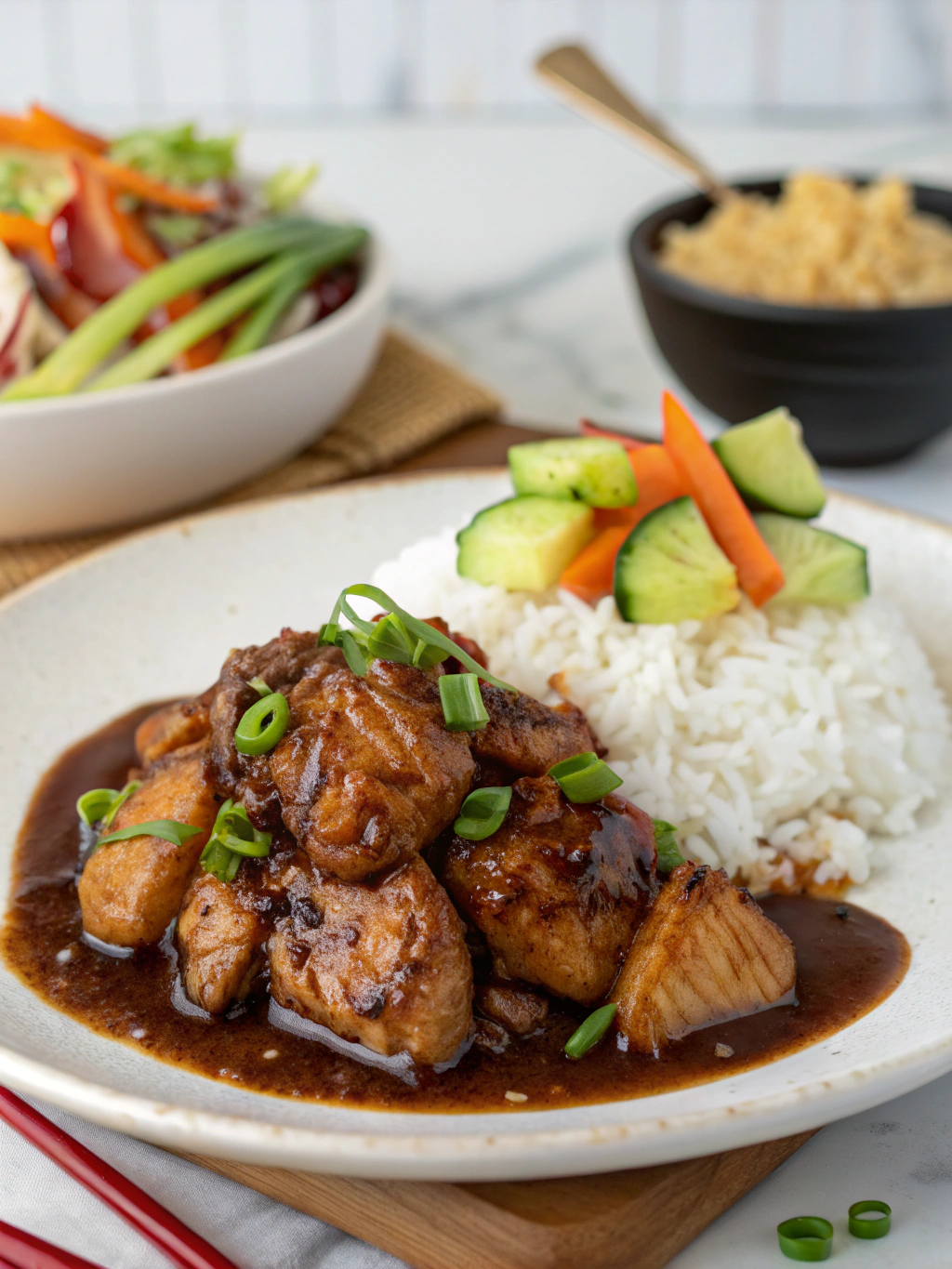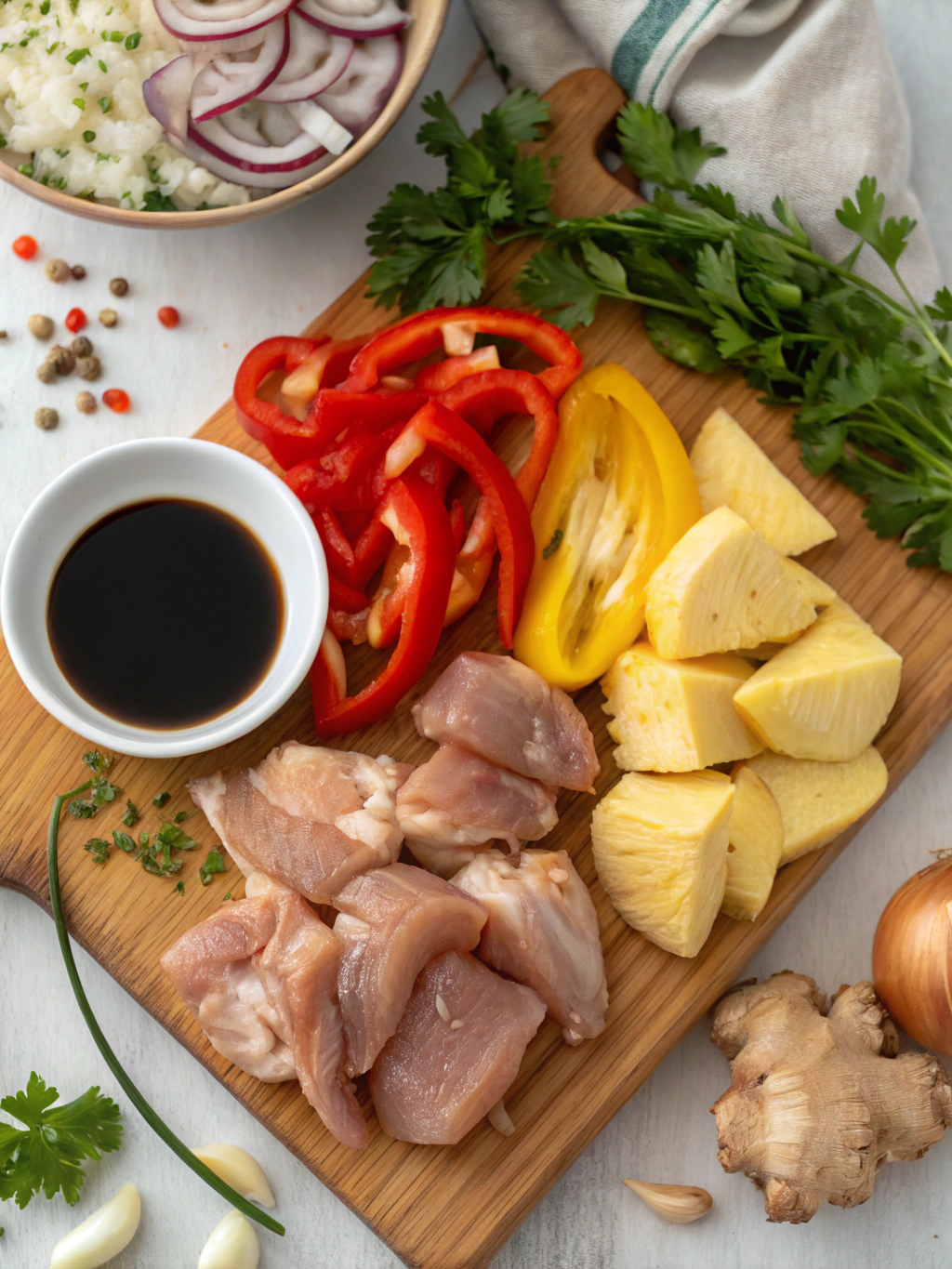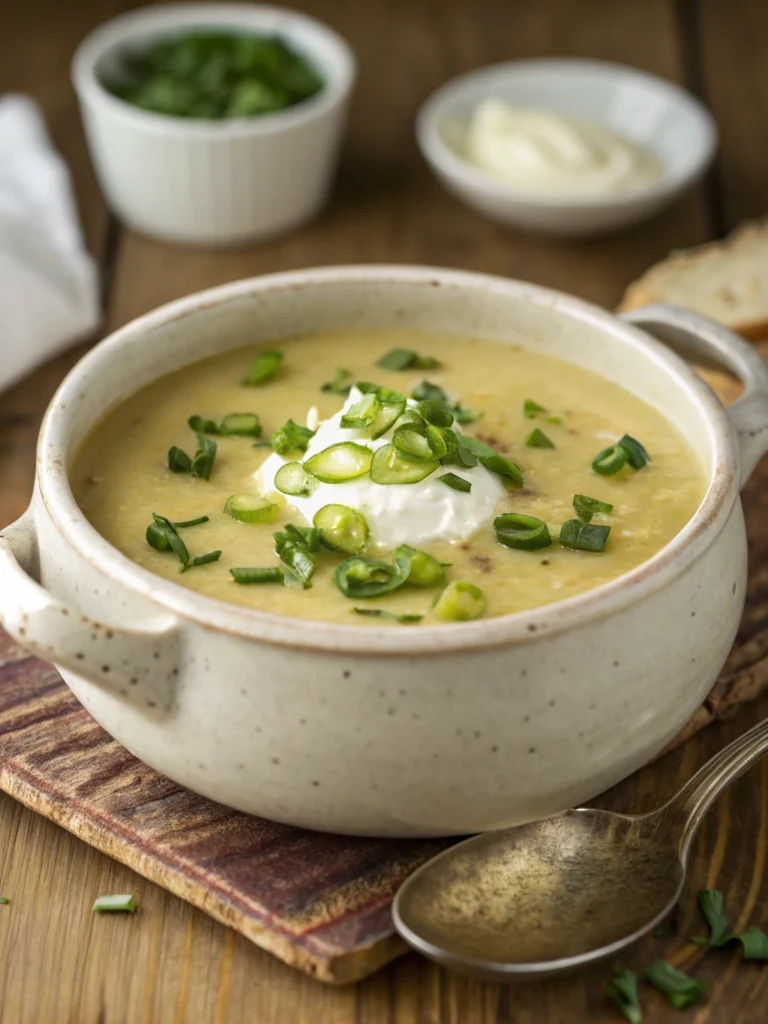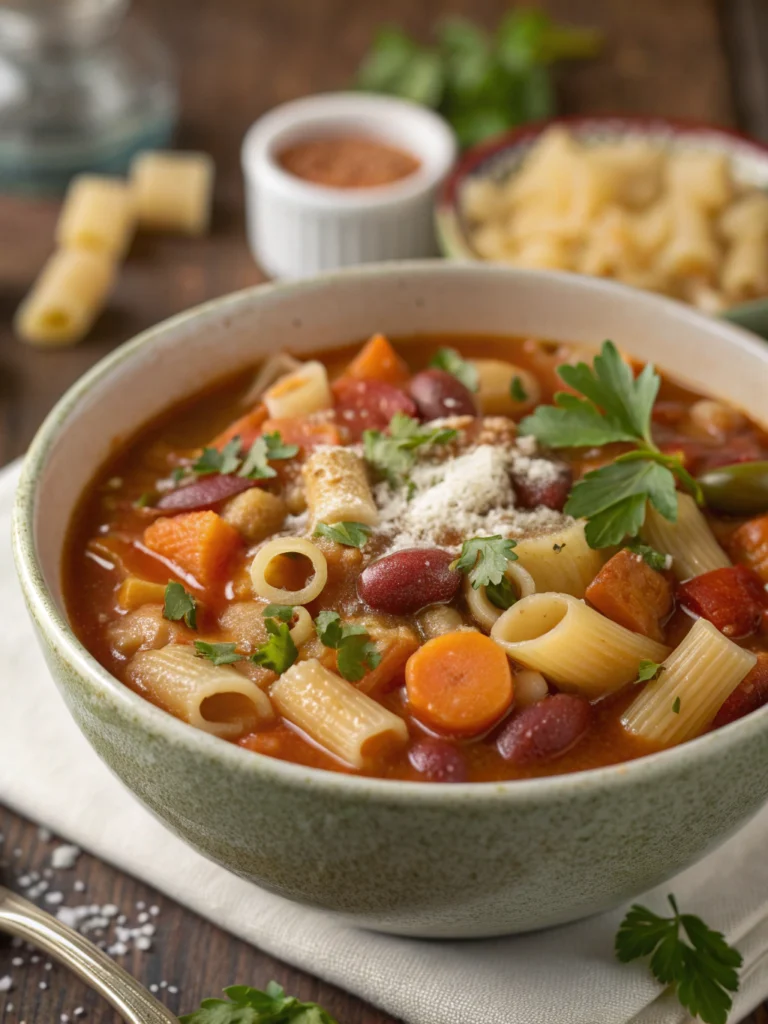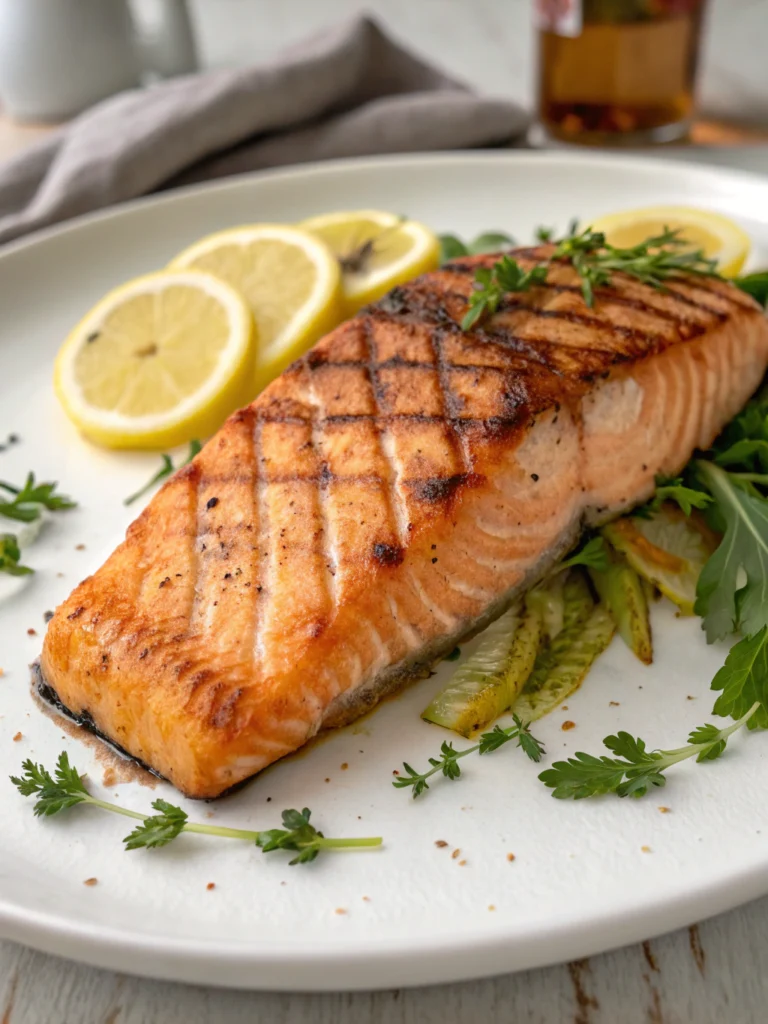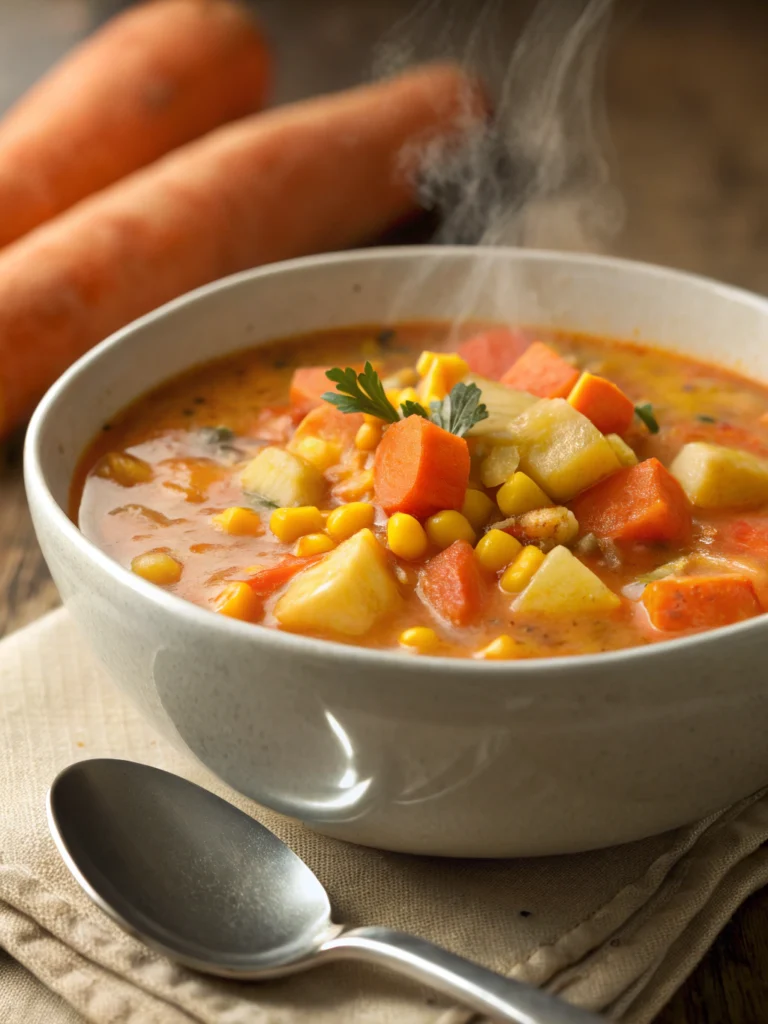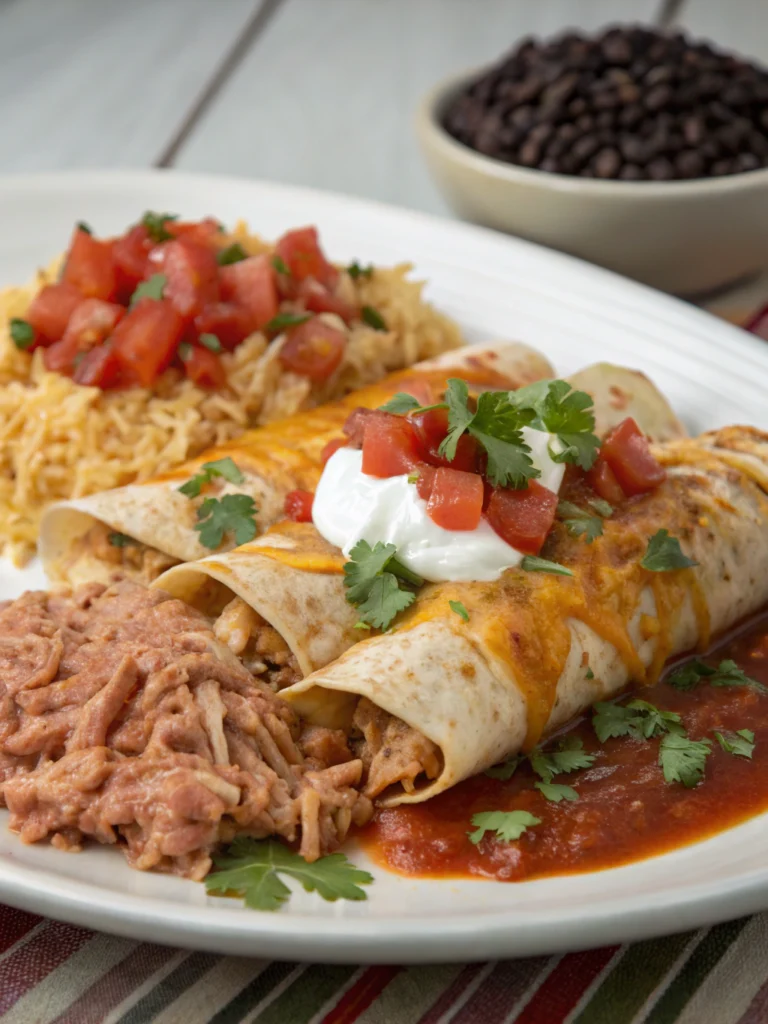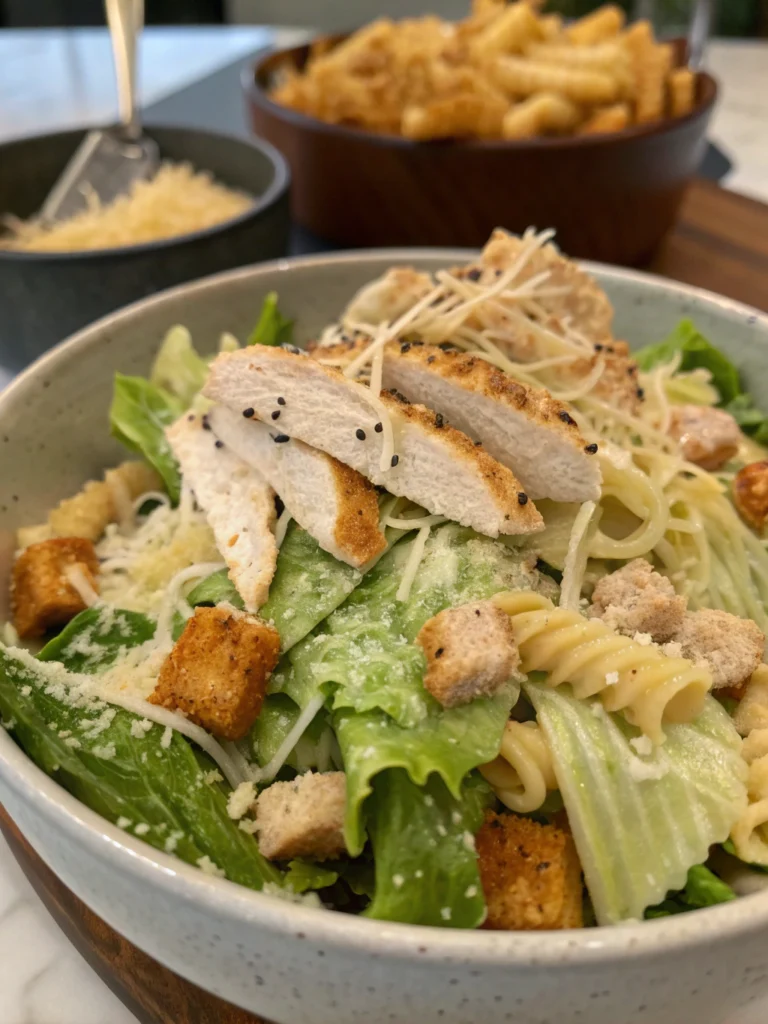Hawaiian Shoyu Chicken: Authentic Island Flavor in Your Kitchen
Have you ever wondered why Hawaiian Shoyu Chicken has that irresistible umami flavor that seems impossible to recreate at home? Is it some secret ingredient only found in Hawaii, or could it be a cooking technique passed down through generations of island families?
The truth is, authentic hawaiian shoyu chicken recipe combines simple ingredients with the perfect balance of sweet and savory flavors. This dish represents the multicultural heritage of Hawaii, with Japanese shoyu (soy sauce) at its heart, complemented by local island ingredients and cooking methods.
Today, I’m sharing a traditional recipe that brings those island flavors straight to your kitchen. No plane ticket required – just a few pantry staples and some patience as the chicken soaks up all that delicious marinade!
Ingredients List
The beauty of Hawaiian Shoyu Chicken lies in its simple yet flavorful ingredients. Each component plays a crucial role in creating that authentic island taste that transports you straight to a Hawaiian plate lunch spot.
- 3 pounds chicken thighs (bone-in, skin-on for best flavor)
- 1 cup shoyu (Japanese soy sauce) – can substitute with low-sodium soy sauce
- 1 cup brown sugar (packed) – coconut sugar works as a less refined alternative
- 1 cup water
- 1/4 cup mirin (Japanese sweet rice wine) – dry sherry can substitute in a pinch
- 1/4 cup rice vinegar
- 6 cloves garlic, minced
- 2-inch piece fresh ginger, grated
- 3 green onions, chopped (reserve some for garnish)
- 1 tablespoon sesame oil
- 1/2 teaspoon red pepper flakes (optional for heat)
- 2 tablespoons toasted sesame seeds (for garnish)
Timing
Preparation time: 15 minutes to assemble the marinade and prepare the chicken
Marinating time: At least 4 hours, preferably overnight (this is what gives the dish its depth of flavor)
Cooking time: 45-50 minutes
Total time: 5 hours (including minimum marinating time), which is actually 30% less active cooking time than many other braised chicken dishes. The magic happens during the passive marinating process!
Step-by-Step Instructions
Follow these detailed steps to create perfectly tender, flavor-packed Hawaiian Shoyu Chicken that rivals any island plate lunch.
Step 1: Prepare the Marinade
In a large bowl, combine shoyu, brown sugar, water, mirin, rice vinegar, minced garlic, grated ginger, chopped green onions, sesame oil, and red pepper flakes (if using). Whisk thoroughly until the sugar is completely dissolved.
Pro tip: Warm the mixture slightly in a saucepan before adding sugar to help it dissolve more easily. Just be sure to cool it completely before adding to the chicken.
Step 2: Marinate the Chicken
Place chicken thighs in a large ziplock bag or shallow dish. Pour the marinade over the chicken, ensuring each piece is well-coated. Seal the bag or cover the dish and refrigerate for at least 4 hours, preferably overnight.
For maximum flavor penetration, turn the chicken pieces occasionally during marination. The longer it marinates, the more intense the flavor will be!
Step 3: Prepare for Cooking
When ready to cook, preheat your oven to 375°F (190°C). Remove the chicken from the marinade, but don’t discard the liquid – we’ll use it to create a delicious glaze.
Pat the chicken pieces lightly with paper towels to remove excess marinade. This helps the skin crisp up better during cooking.
Step 4: Cook the Chicken
- Place the chicken pieces skin-side up in a large baking dish or cast-iron skillet.
- Pour about 1/2 cup of the marinade over the chicken (reserve the rest for the sauce).
- Bake uncovered for 35-40 minutes, or until the chicken reaches an internal temperature of 165°F (74°C) and the skin is nicely browned.
- For extra crispy skin, broil for the last 2-3 minutes, watching carefully to prevent burning.
Step 5: Create the Glaze
While the chicken is baking, pour the remaining marinade into a small saucepan. Bring to a boil, then reduce heat and simmer for about 15-20 minutes until reduced by half and slightly thickened.
The sauce should coat the back of a spoon when ready. This reduction concentrates the flavors and kills any bacteria from the raw chicken marinade.
Step 6: Finish and Serve
Once the chicken is done, brush it with the reduced glaze. Sprinkle with toasted sesame seeds and the reserved chopped green onions. Let rest for 5 minutes before serving to allow the juices to redistribute.
Serve hot over steamed white rice with additional glaze on the side for drizzling.
Nutritional Information
Understanding the nutritional profile of this dish helps you make informed choices about portion sizes and accompaniments. Per serving (based on 6 servings):
• Calories: 420 kcal
• Protein: 28g
• Carbohydrates: 24g
• Sugar: 22g
• Fat: 24g
• Saturated Fat: 6g
• Sodium: 1250mg
• Fiber: 0.5g
The relatively high sodium content comes primarily from the shoyu. Using low-sodium soy sauce can reduce this by approximately 40% while maintaining the dish’s authentic flavor profile.
Healthier Alternatives for the Recipe
Love the flavors but looking for a lighter version? Try these modifications:
• Use skinless, boneless chicken thighs or breast to reduce fat content by approximately 30%
• Substitute coconut aminos for shoyu to reduce sodium by up to 65% while adding subtle sweetness
• Replace half the brown sugar with pineapple juice for natural sweetness and added vitamin C
• Add vegetables like bell peppers, broccoli, or snap peas during the last 15 minutes of cooking for added nutrients and fiber
• For a lower-carb option, serve over cauliflower rice instead of white rice
Serving Suggestions
Transform your Hawaiian Shoyu Chicken into a complete island-inspired meal with these authentic pairings:
• Traditional Hawaiian plate lunch style: Serve with two scoops of white rice and a side of macaroni salad
• Add a side of quick-pickled vegetables for a refreshing contrast to the rich chicken
• Include a small portion of Hawaiian-style lomi lomi salmon for an authentic seafood accompaniment
• Serve with grilled pineapple slices brushed with a little of the glaze for a sweet-savory combination
• For a party presentation, shred the cooked chicken and serve as sliders on Hawaiian sweet rolls with a slice of pineapple
Common Mistakes to Avoid
- Skipping the marinating time: This is where the magic happens! At least 4 hours is needed for the flavors to penetrate the meat.
- Using regular soy sauce in full amount: Regular soy sauce is saltier than authentic Japanese shoyu, which can make your dish too salty. Reduce by 25% if substituting.
- Discarding all the marinade: The reduced marinade makes an incredible glaze that’s essential to the dish’s signature flavor.
- Overcooking the chicken: This makes it dry and tough. Use a meat thermometer to ensure perfect doneness at 165°F.
- Not allowing the sauce to reduce properly: A properly reduced sauce should coat the back of a spoon. Too thin, and you’ll lose that glossy, flavorful glaze.
Storing Tips for the Recipe
This dish makes excellent leftovers, often tasting even better the next day as the flavors continue to develop.
• Refrigerate leftovers in an airtight container for up to 3 days. The glaze will solidify slightly when cold but will return to its silky texture when reheated.
• For meal prep, you can freeze cooked chicken in individual portions for up to 2 months. Thaw overnight in the refrigerator before reheating.
• To reheat, place in a covered dish with a splash of water and warm in a 325°F oven for about 15 minutes, or until heated through. This prevents the chicken from drying out.
• The marinade can be made up to 3 days in advance and stored in the refrigerator, making this perfect for planning ahead.
Conclusion
Hawaiian Shoyu Chicken represents the beautiful fusion of flavors that makes Hawaiian cuisine so special. With its perfect balance of sweet, savory, and umami flavors, this dish brings the spirit of aloha straight to your dinner table.
The key to success lies in patience – allowing the chicken to marinate fully and taking the time to reduce the sauce into a glossy, flavorful glaze. Your reward is tender, flavor-packed chicken that transports you straight to the islands.
Have you tried making this Hawaiian classic? I’d love to hear about your experience in the comments below! Share your photos, variations, or questions – and don’t forget to check out my other Pacific-inspired recipes for more tropical flavors to enjoy at home.

